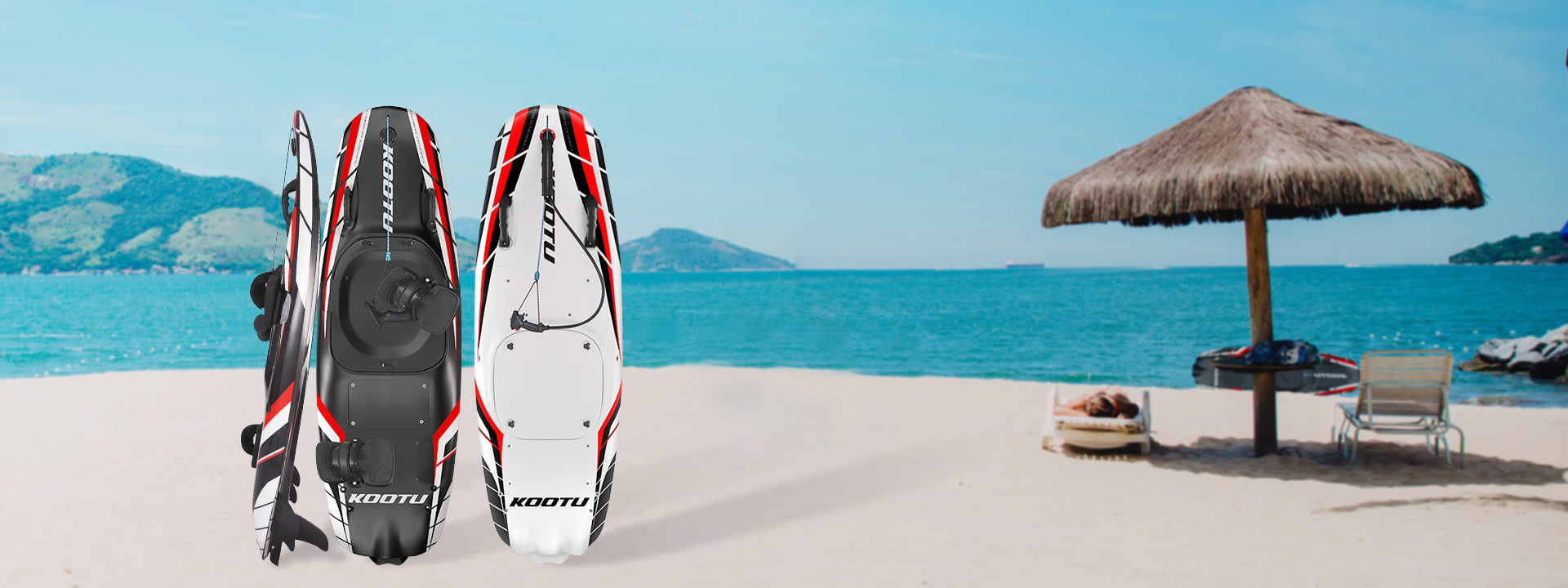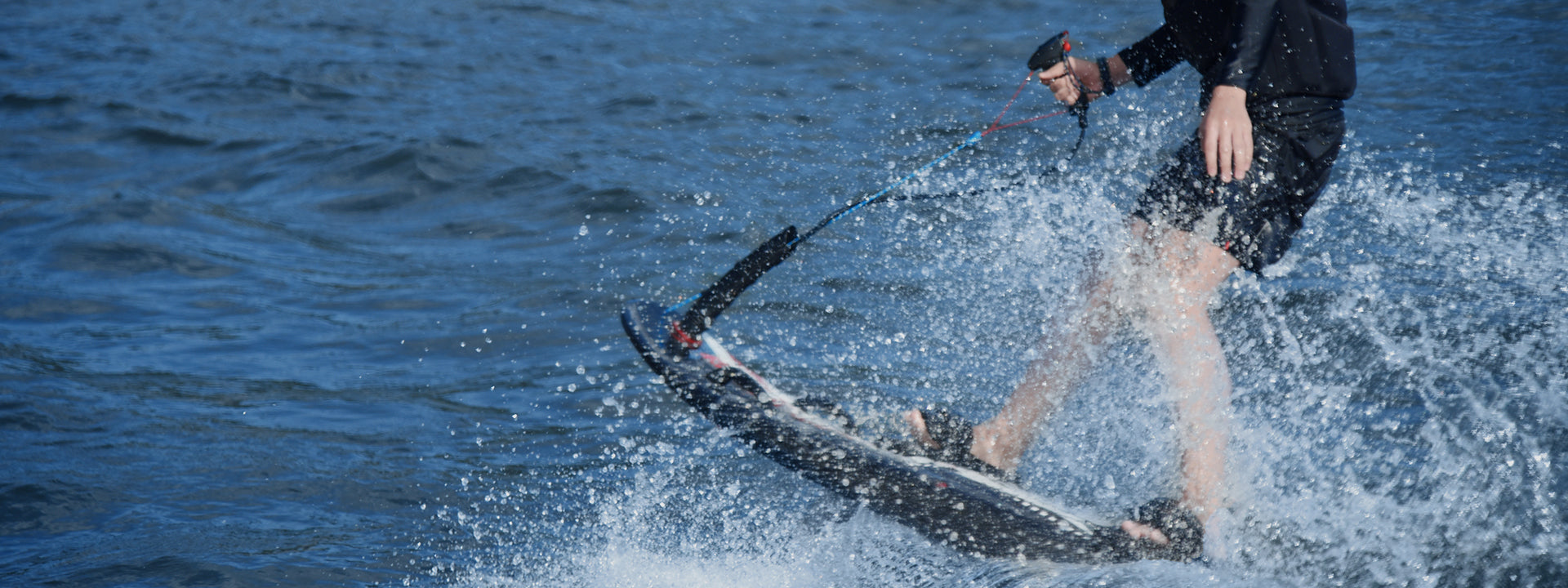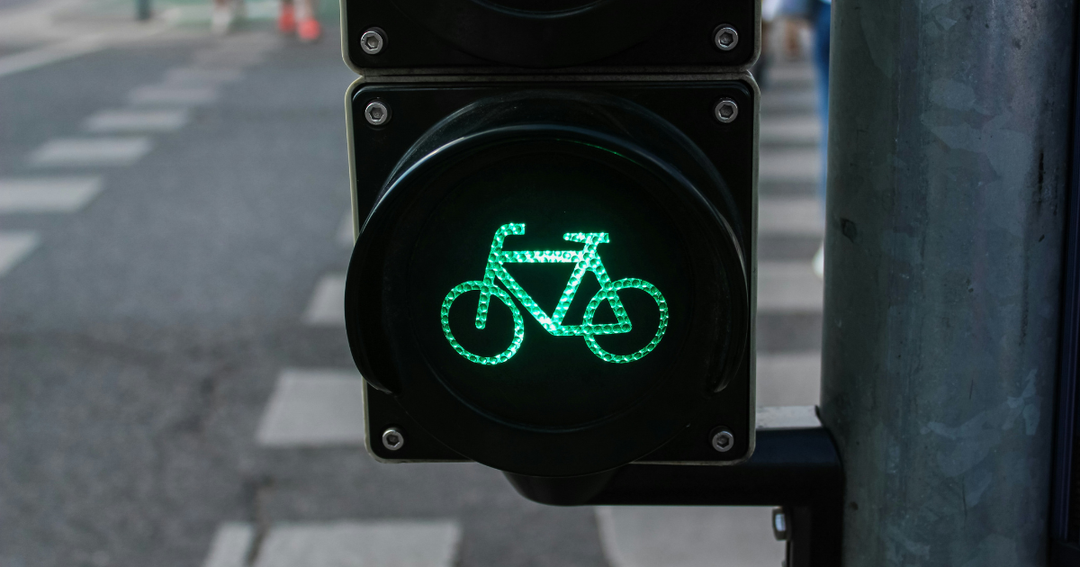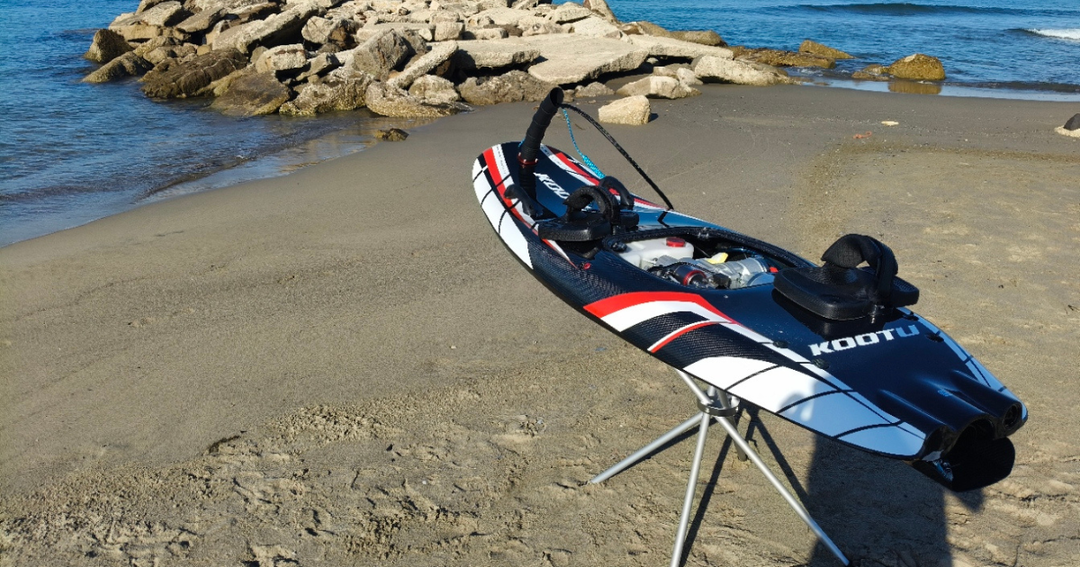7 Tips for Night Mountain Biking
Mountain biking at night is an experience like no other — the quiet trails, the cool air, and the thrill of riding under the stars. But as exciting as it sounds, night mountain biking also comes with unique challenges.
Whether you’re planning your first MTB night ride or looking to improve your nighttime setup, here’s a complete guide to help you ride safely and confidently after dark.

🌙 1. Why Ride at Night?
Night rides aren’t just for the hardcore riders. They’re perfect for those who want to avoid the daytime heat or fit a workout into a busy schedule.
The trails are quieter, the temperatures are cooler, and the atmosphere feels more adventurous.
However, visibility is reduced, and obstacles can appear suddenly — that’s why preparation is key.
🔦 2. Invest in Proper Bike Lights
Lighting is the most important part of night mountain biking safety.
You’ll need two strong lights:
Handlebar light: to illuminate the trail ahead
Helmet light: to point wherever you’re looking
Recommended brightness:
Look for lights with at least 1000 lumens for the handlebar and 500–800 lumens for the helmet.
Don’t forget to charge your batteries fully before each ride, and carry a backup light just in case.
🧤 3. Wear Reflective and Visible Gear
Even on mountain trails, visibility matters.
Wear reflective strips on your jersey, shoes, and helmet.
If your trail crosses or runs close to a road, reflective gear makes you much easier to spot by cars and other riders.
Recommended gear:
Reflective cycling jacket or vest
High-visibility gloves
Bright helmet decals
🧭 4. Know the Trail Before You Go
Nighttime is not the best time to explore a brand-new trail.
Ride on a route you already know well — it helps you anticipate corners, rocks, and steep descents.
If you’re riding with a group, communicate clearly and keep a reasonable pace.
Use bike computers with GPS or trail apps that offer offline maps in case your light or phone battery dies.
🪶 5. Adjust Your Bike Setup for Night Riding
Your mountain bike setup should suit low-light conditions:
Lower your tire pressure slightly for better grip.
Check that your brakes and gears are smooth before the ride.
Make sure your light mounts are secure — rough terrain can shake them loose.
If your bike has suspension settings, soften them slightly to absorb bumps better when visibility is low.
🔋 6. Carry the Right Accessories
Here’s what every night rider should carry:
✅ Backup bike light or headlamp
✅ Portable power bank
✅ Tire repair kit & multi-tool
✅ Reflective tape or glow bands
✅ First aid kit
Even a short trail ride can take longer than expected once the sun goes down.
🤝 7. Ride with a Friend or Share Your Location
While solo night rides can feel peaceful, they can also be risky.
Whenever possible, ride with a friend — it’s safer and more fun.
If you prefer to ride alone, at least share your location with someone before heading out.
Use apps like Strava Beacon or Garmin LiveTrack to share your live position during the ride.
🌌 Conclusion
Night mountain biking can be one of the most rewarding cycling experiences if done safely.
With the right lights, gear, and preparation, you’ll see familiar trails in a completely new way.
So charge your lights, grab your helmet, and hit the trail — the night is waiting. 🌙🚴♀️













